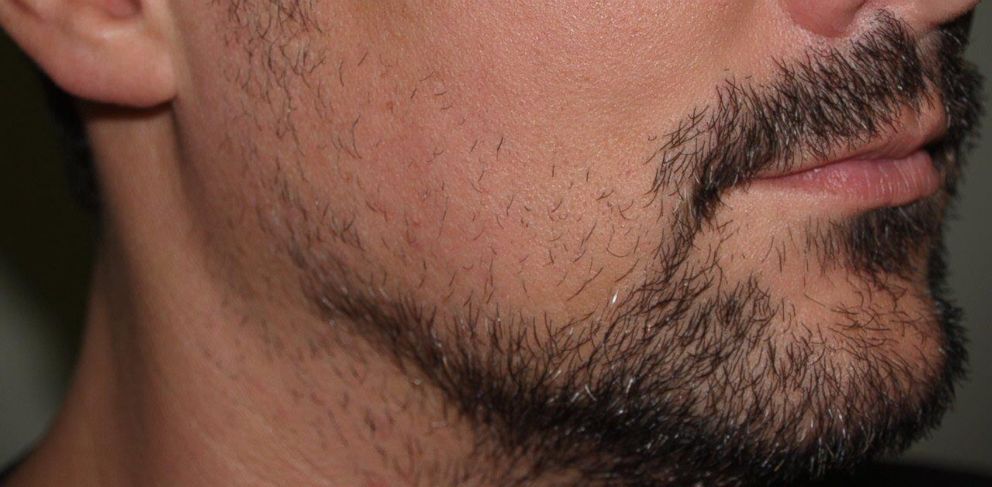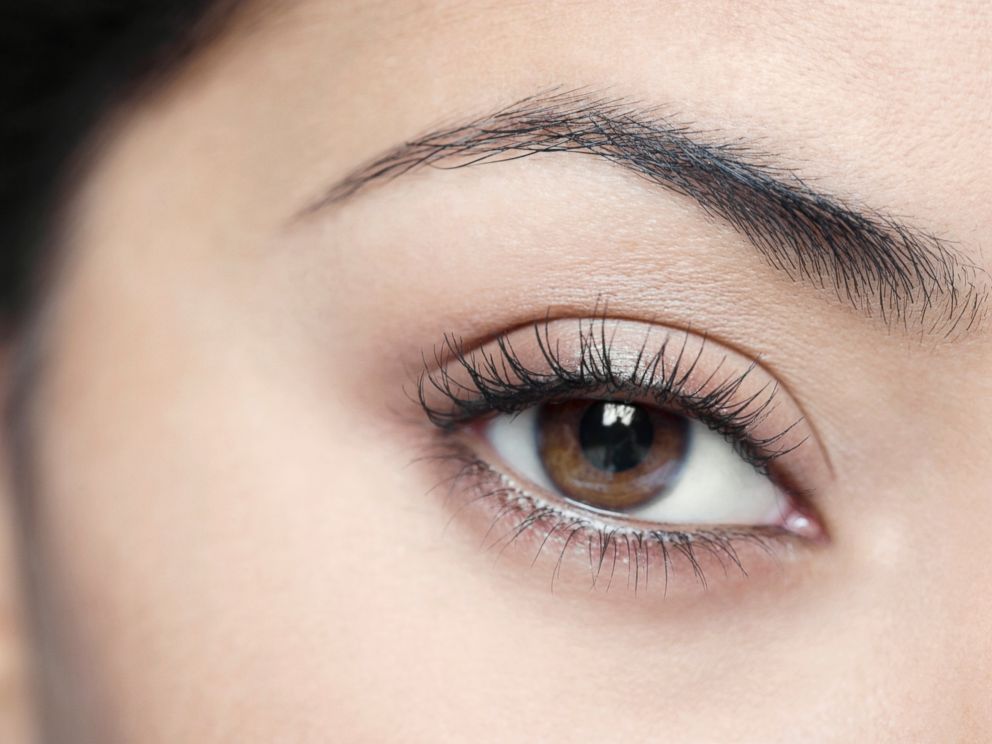Before you make a decision, it is important to ask your physician questions about pain, residual side effects and the major differences between the ARTAS® Robotic Procedure and manual follicular unit extraction (FUE).
Be sure to download the list of questions to take to your consultation.
How is the physician involved during my ARTAS Robotic Procedure?
The ARTAS Procedure is performed by a licensed physician and surgical staff that have been properly trained and certified on the ARTAS Robotic System. Your physician is the one who creates the hairline design, sets the parameters for harvesting and manages your personalized treatment plan.
What are the qualifications of the ARTAS technicians you use?
At Restoration Robotics, we certify and train the staff on the ARTAS Robotic System. Restoration Robotics also provides ongoing education and training to keep the staff updated on the latest technology developments.
It is important to confirm with your physician that the individuals you meet with make up the team that will execute your procedure.
Does my ARTAS Robotic Procedure require stitches? Is it painful? Are there any residual side effects like with strip surgery?
- In strip surgery, a long strip of tissue is surgically removed from the back of your head and stitches are used to sew the scalp back together again. This can leave a visible linear scar and also make the healing process uncomfortable, or even painful.
- With the ARTAS Procedure, small needles are used to remove thousands of hair follicles from your scalp leaving only small pinpoint incisions. Since the incisions are distributed throughout a broad area, your Donor Area maintains its natural look and the procedure is less detectable. Patients often describe the procedure as virtually pain-free.
What is the difference between the ARTAS Procedure versus manual FUE ?
- Follicular Unit Extraction, or FUE, is a labor intensive procedure that is highly dependent on precision and repetition to harvest thousands of healthy hairs for transplantation. When performed manually, the success of the procedure is limited by hand-eye coordination. Because the procedure is tedious and long, the results can be affected by a person’s fatigue.
- With the ARTAS Procedure, a robot is used to harvest the hair. Robots excel at tasks that require precision, repetition and consistency. Because of the intelligent algorithms and the dissection technique, the robot can harvest hair effectively throughout the procedure. The quality of the first graft is the same as the 500th graft harvested. Robots never get tired.
TO LEARN MORE ABOUT OUR ARTAS ROBOTIC HAIR RESTORATION SERVICES, PLEASE CONTACT US (817) 473-2120 OR EMAIL APPOINTMENTS@MARKBISHARAMD.COM TO SCHEDULE AN APPOINTMENT.
ARLINGTON TEXAS















